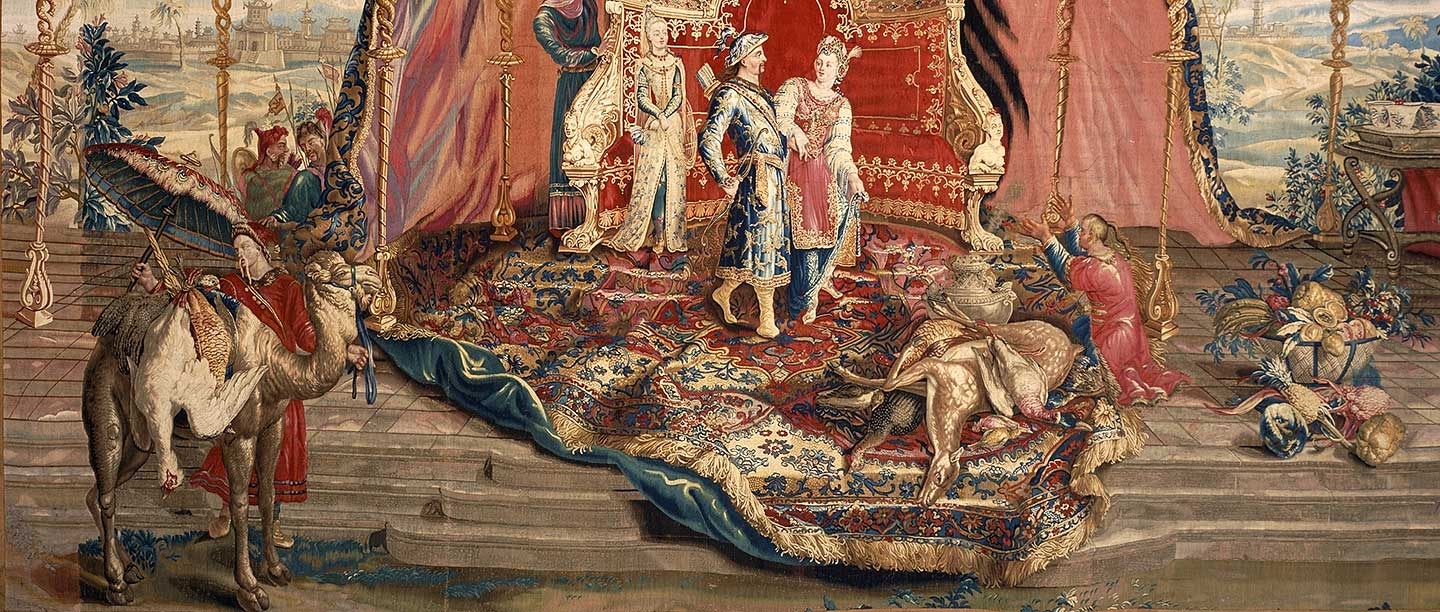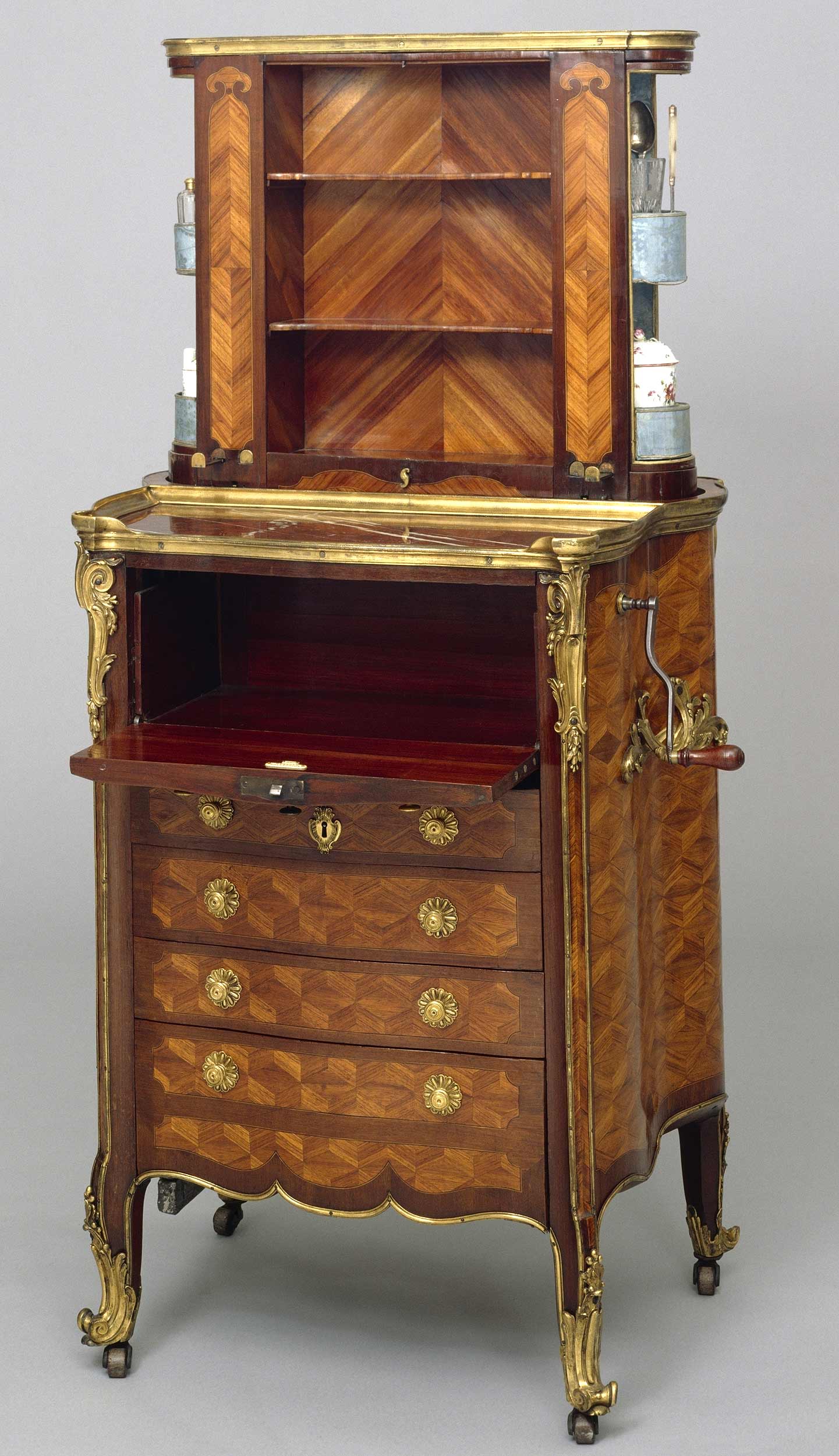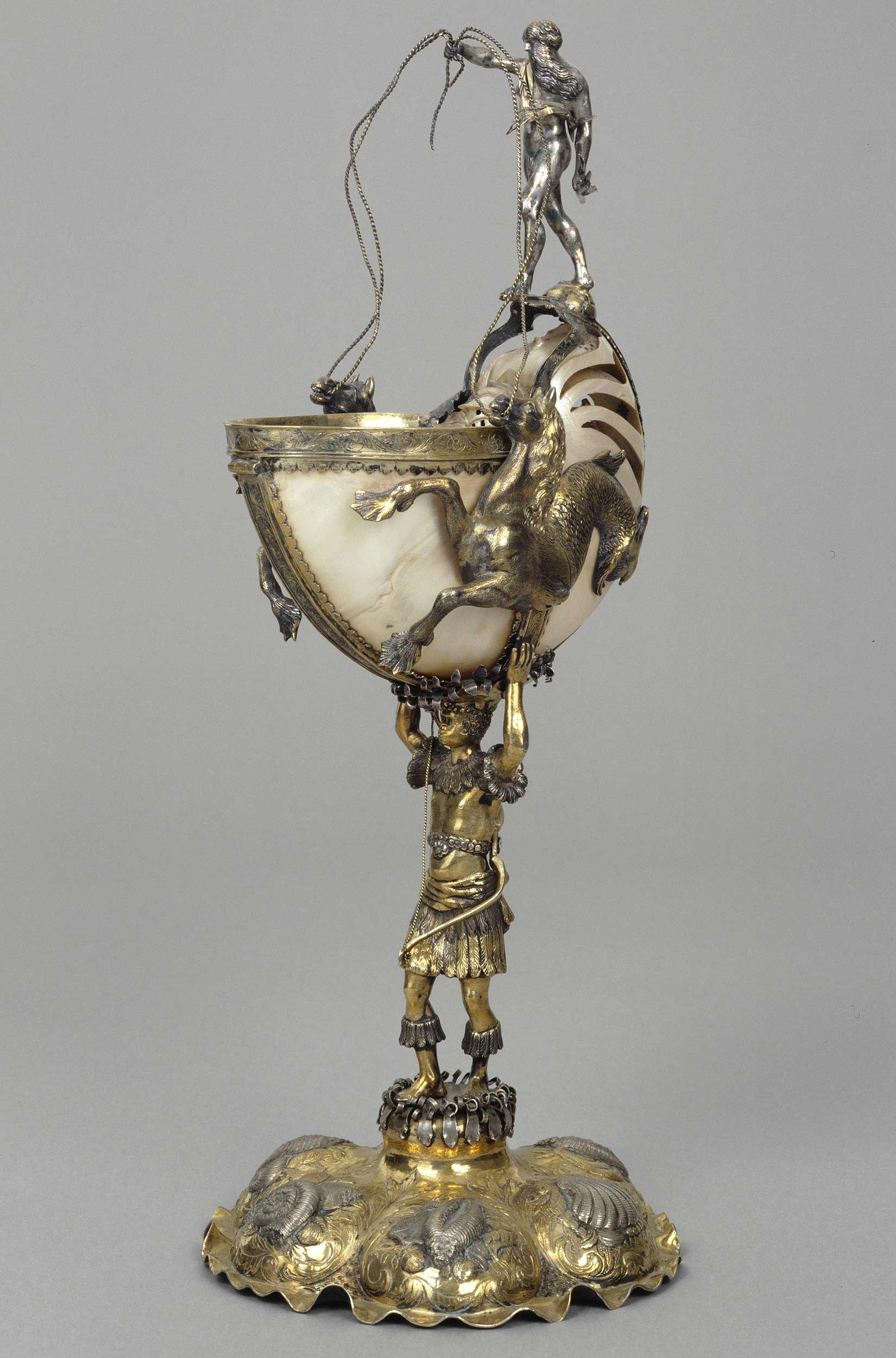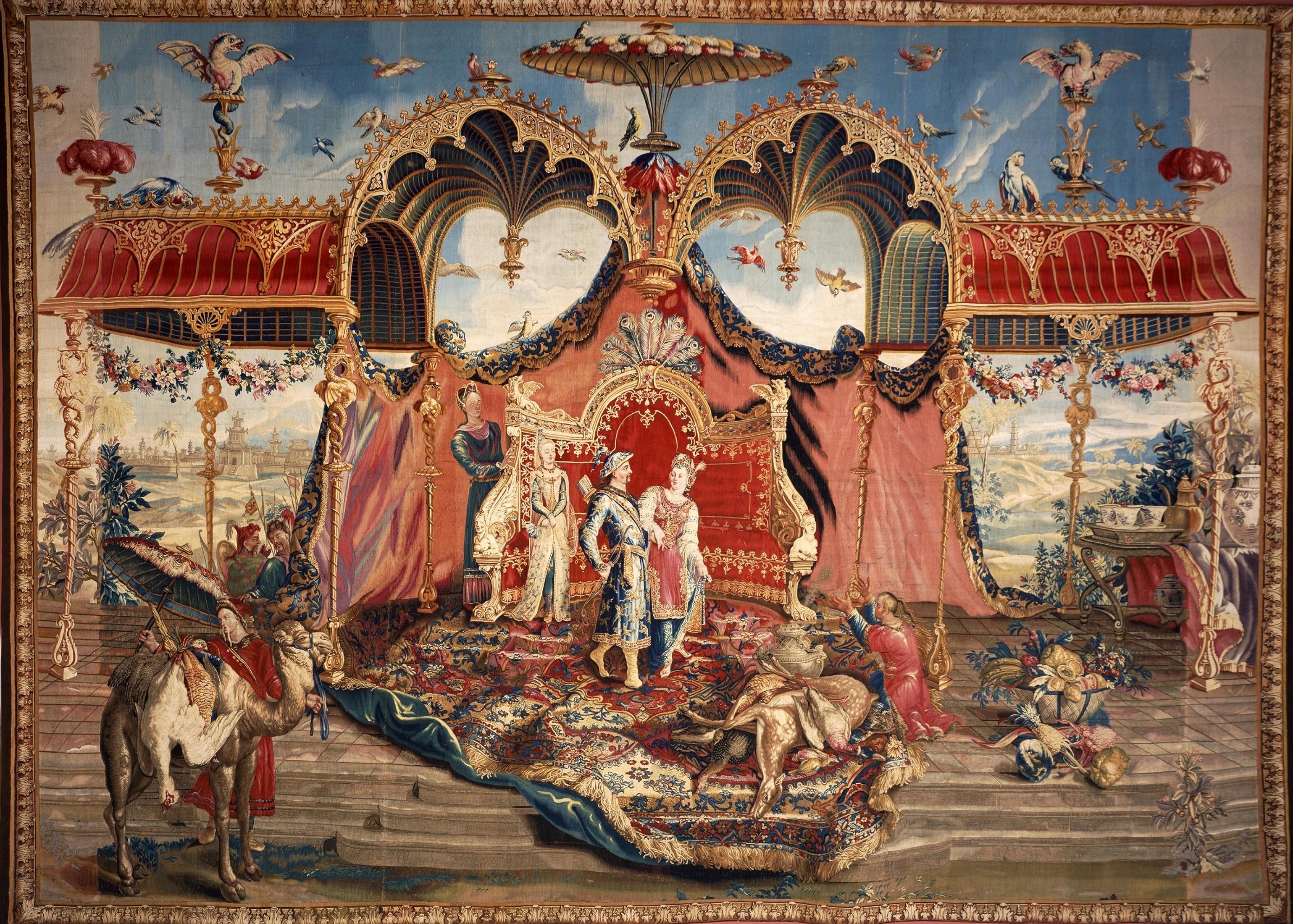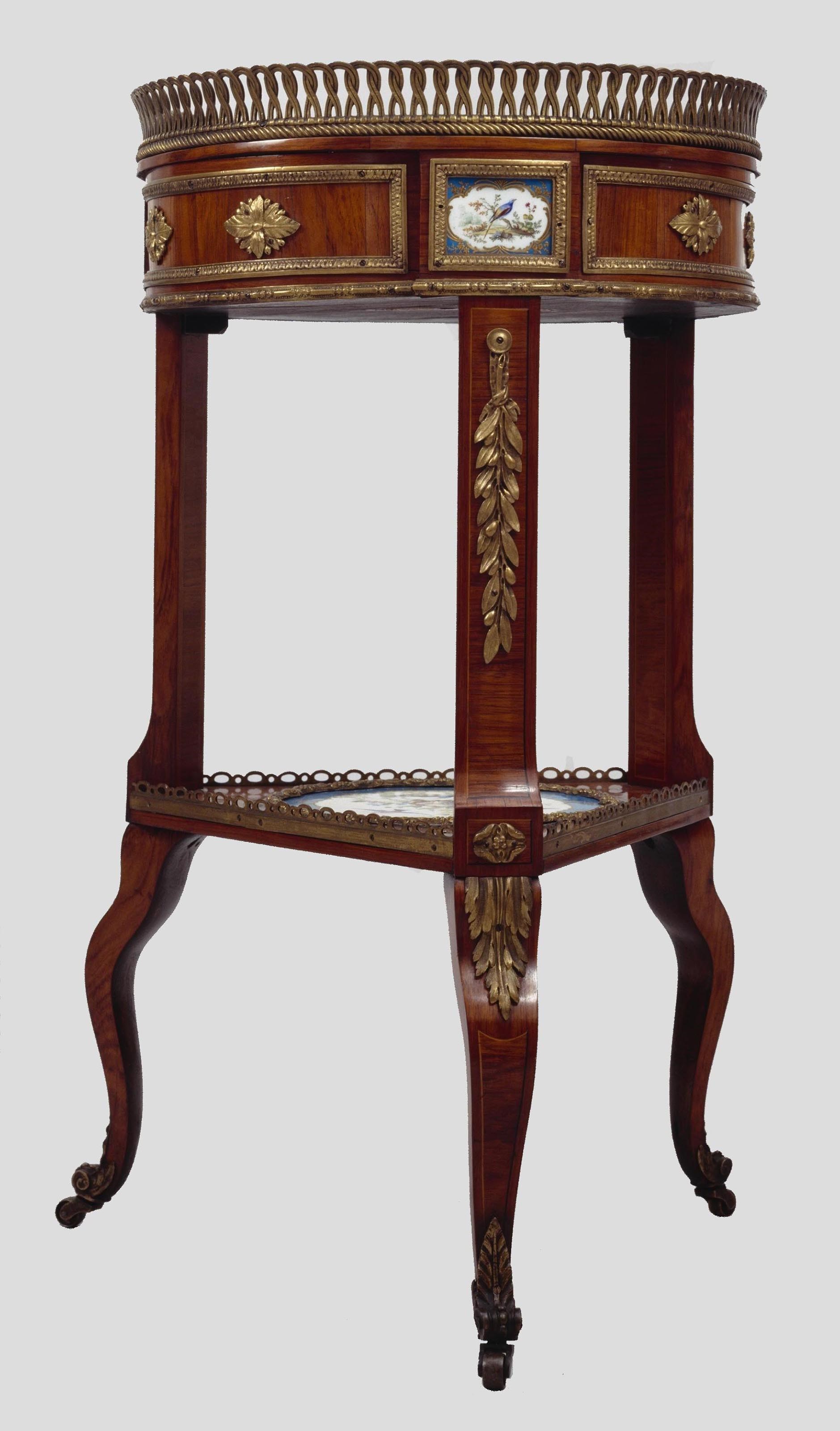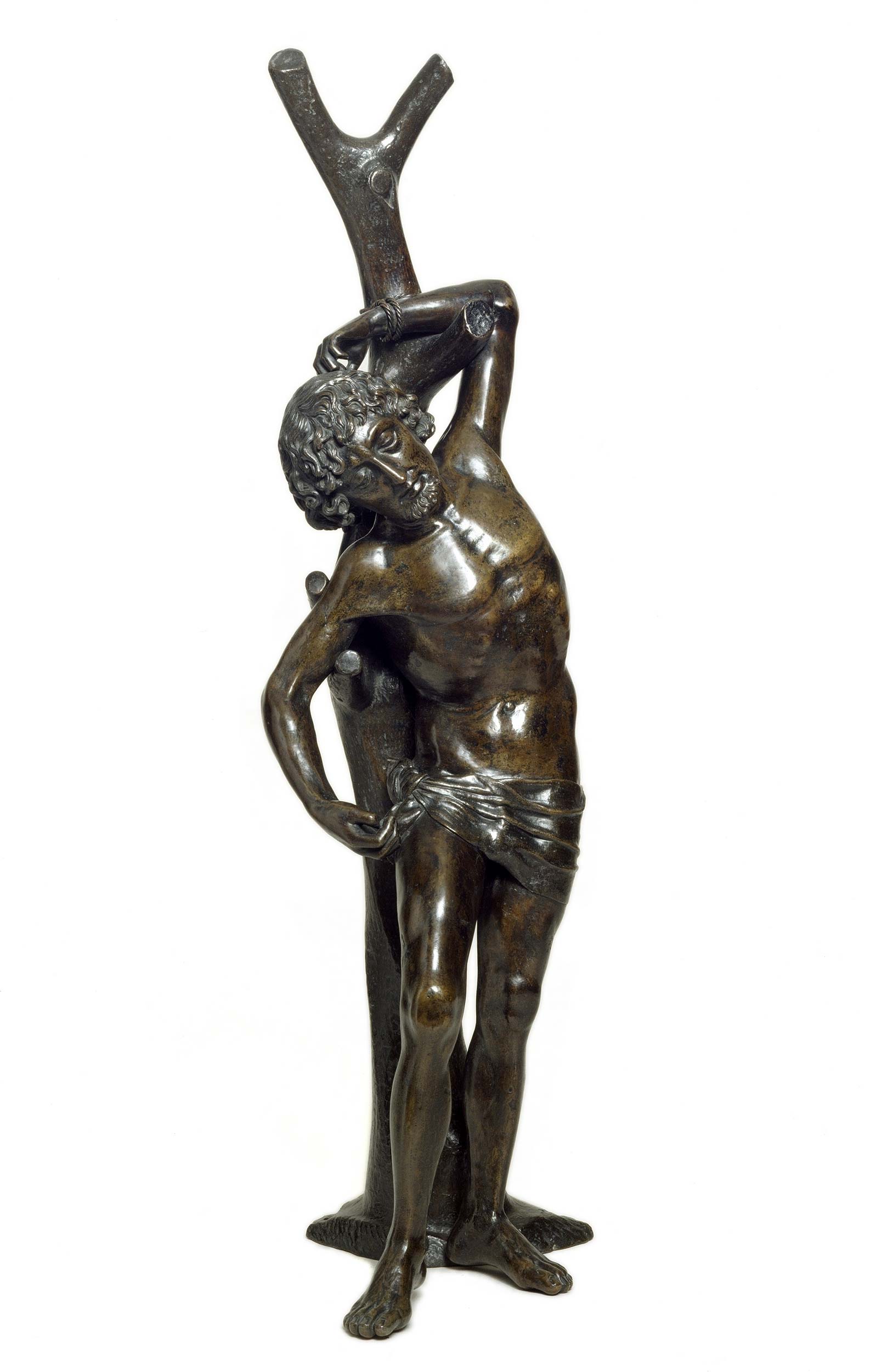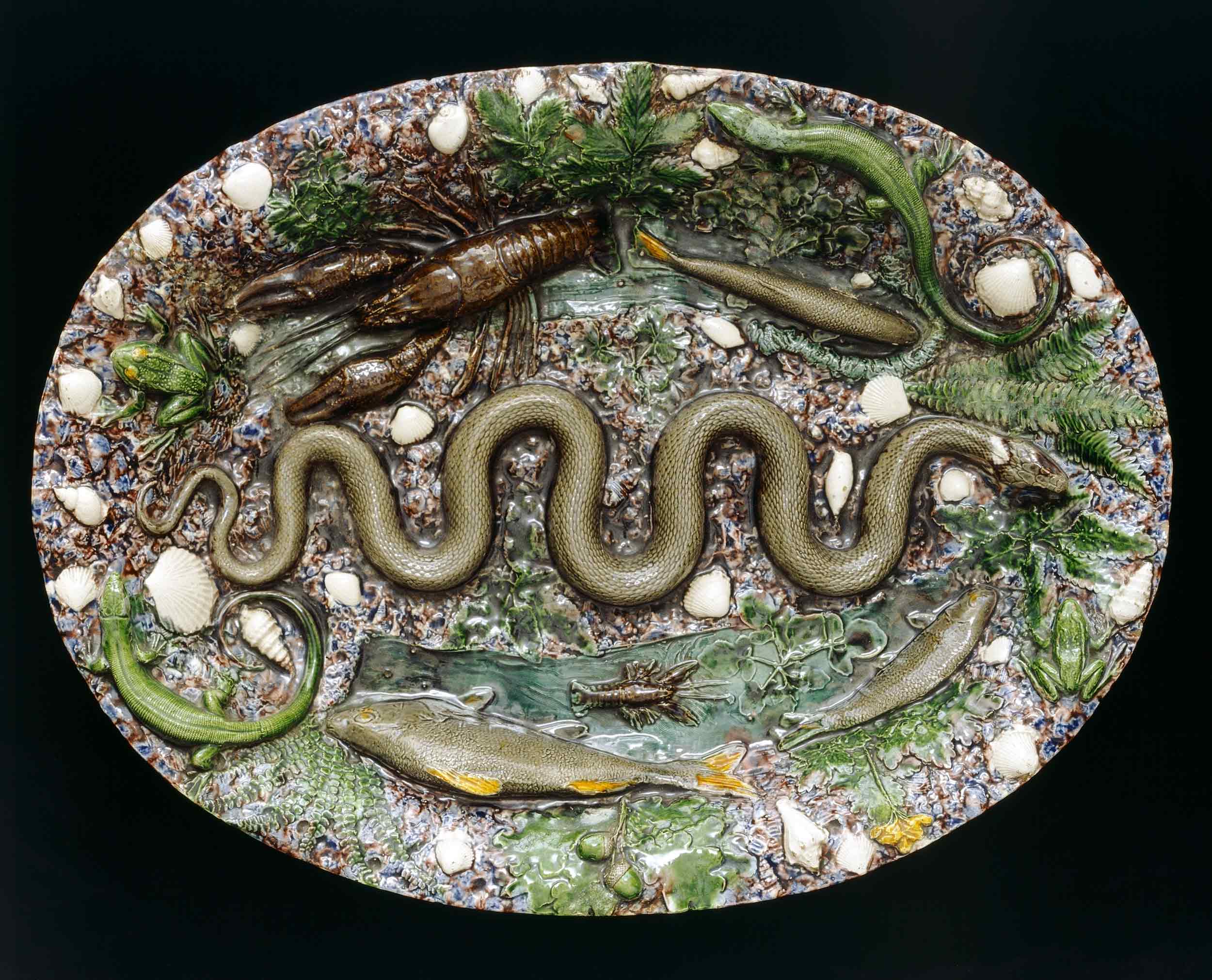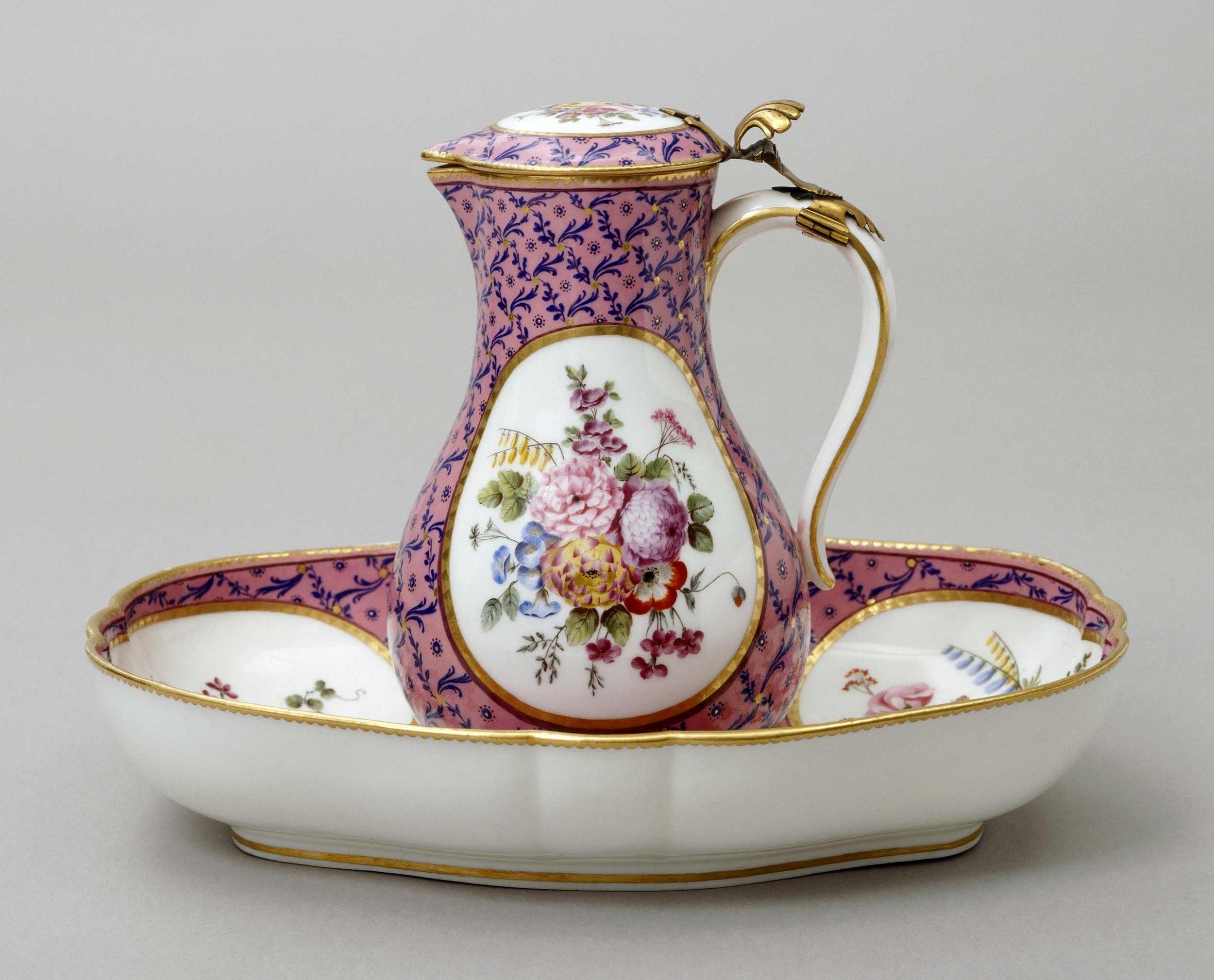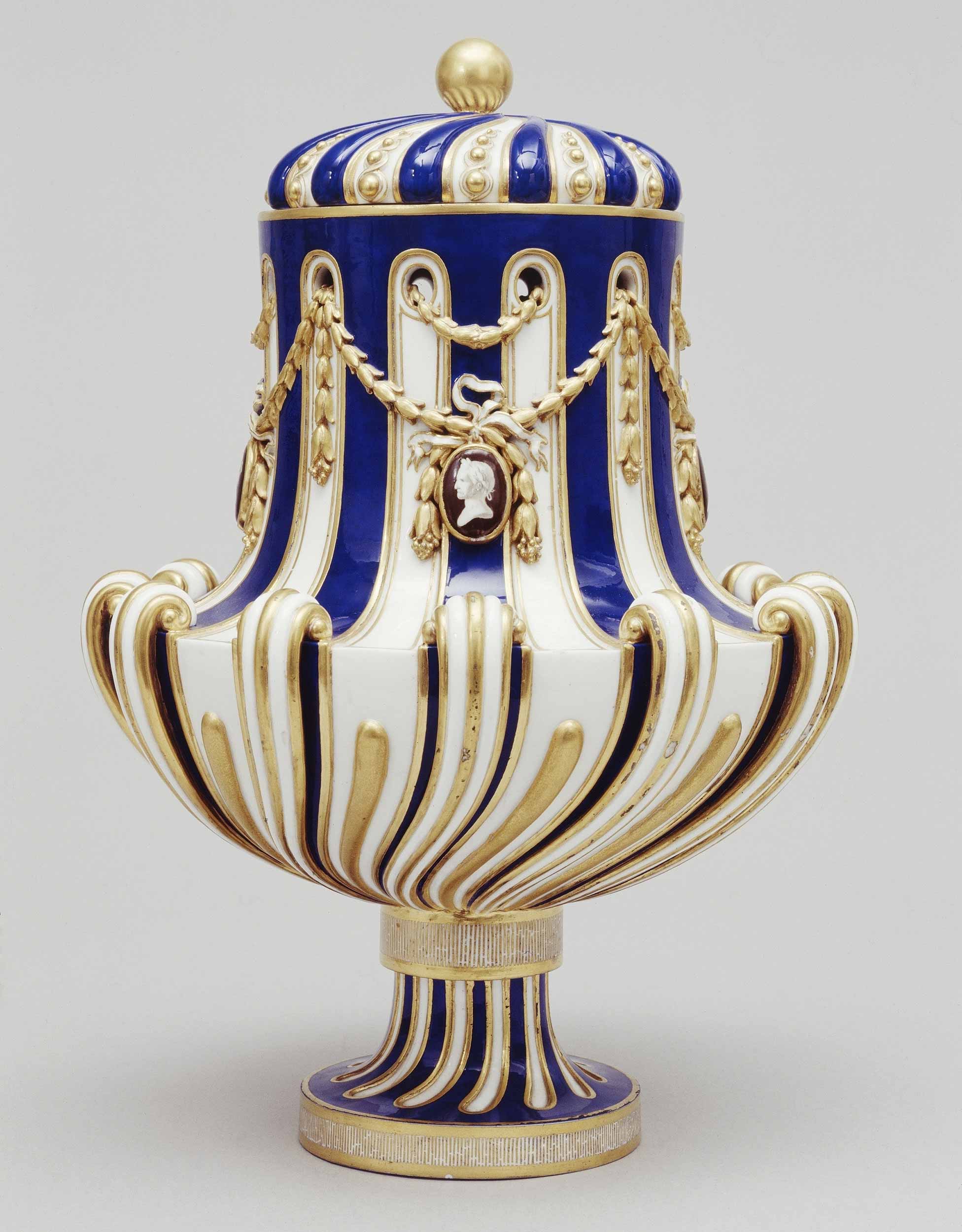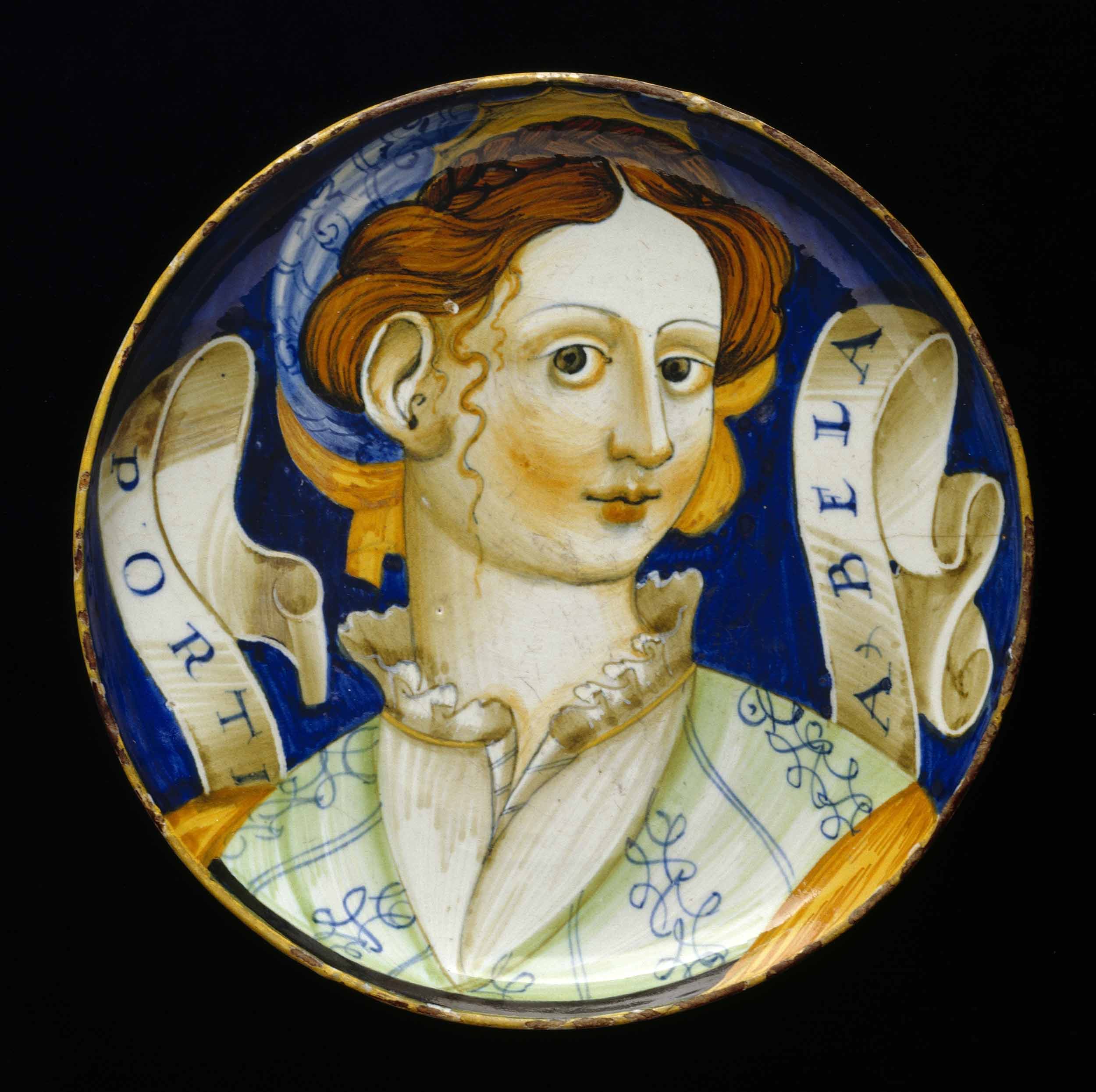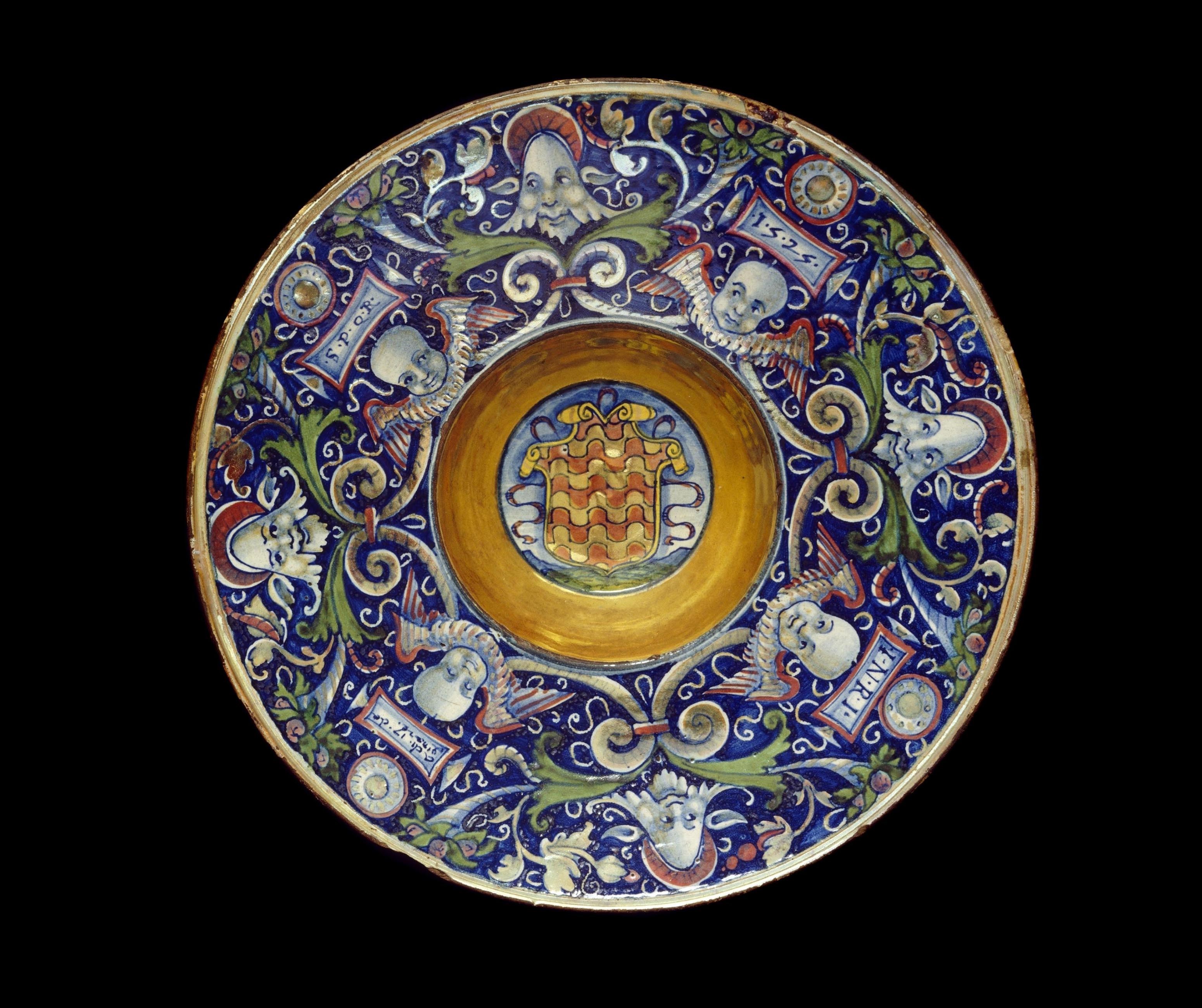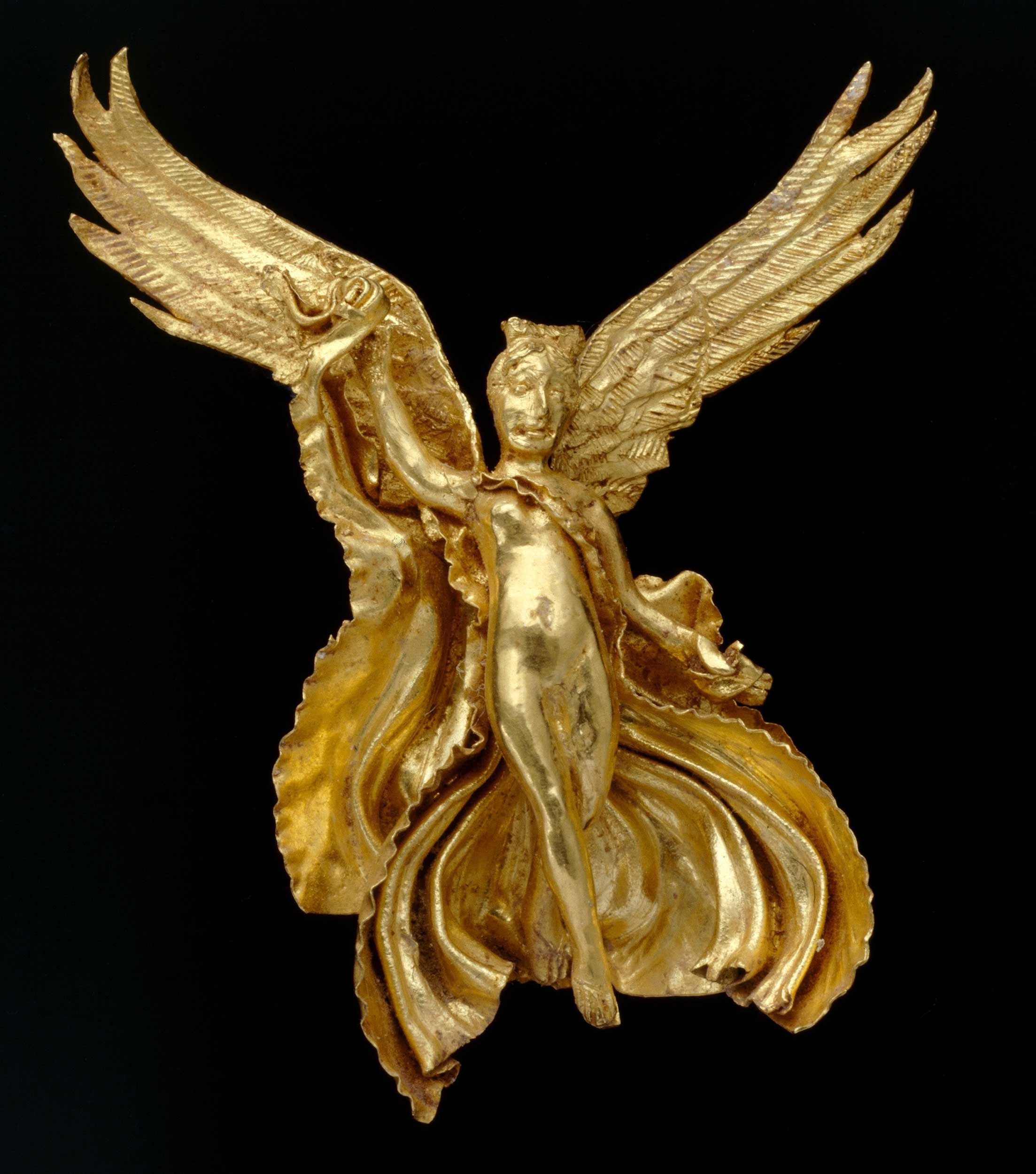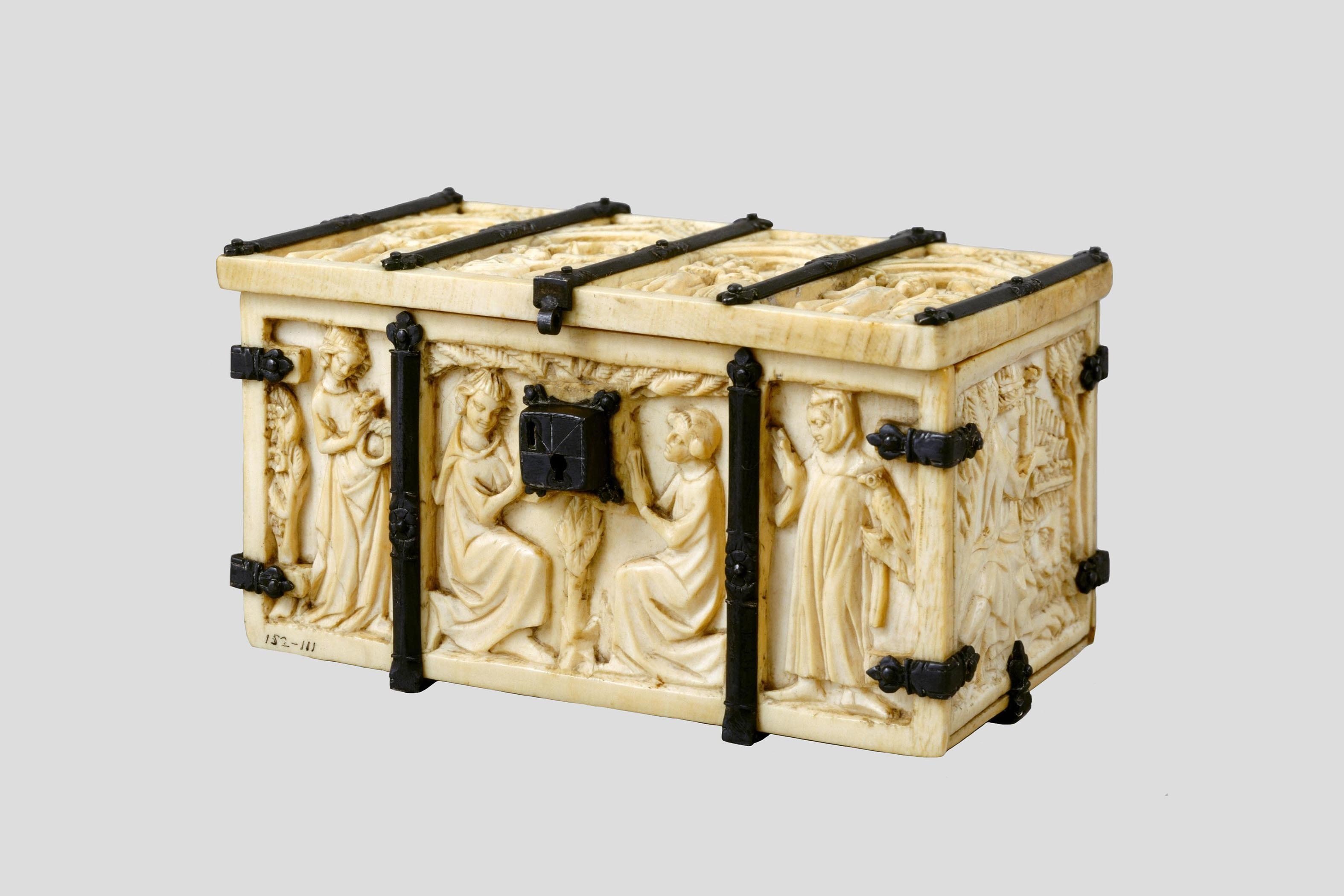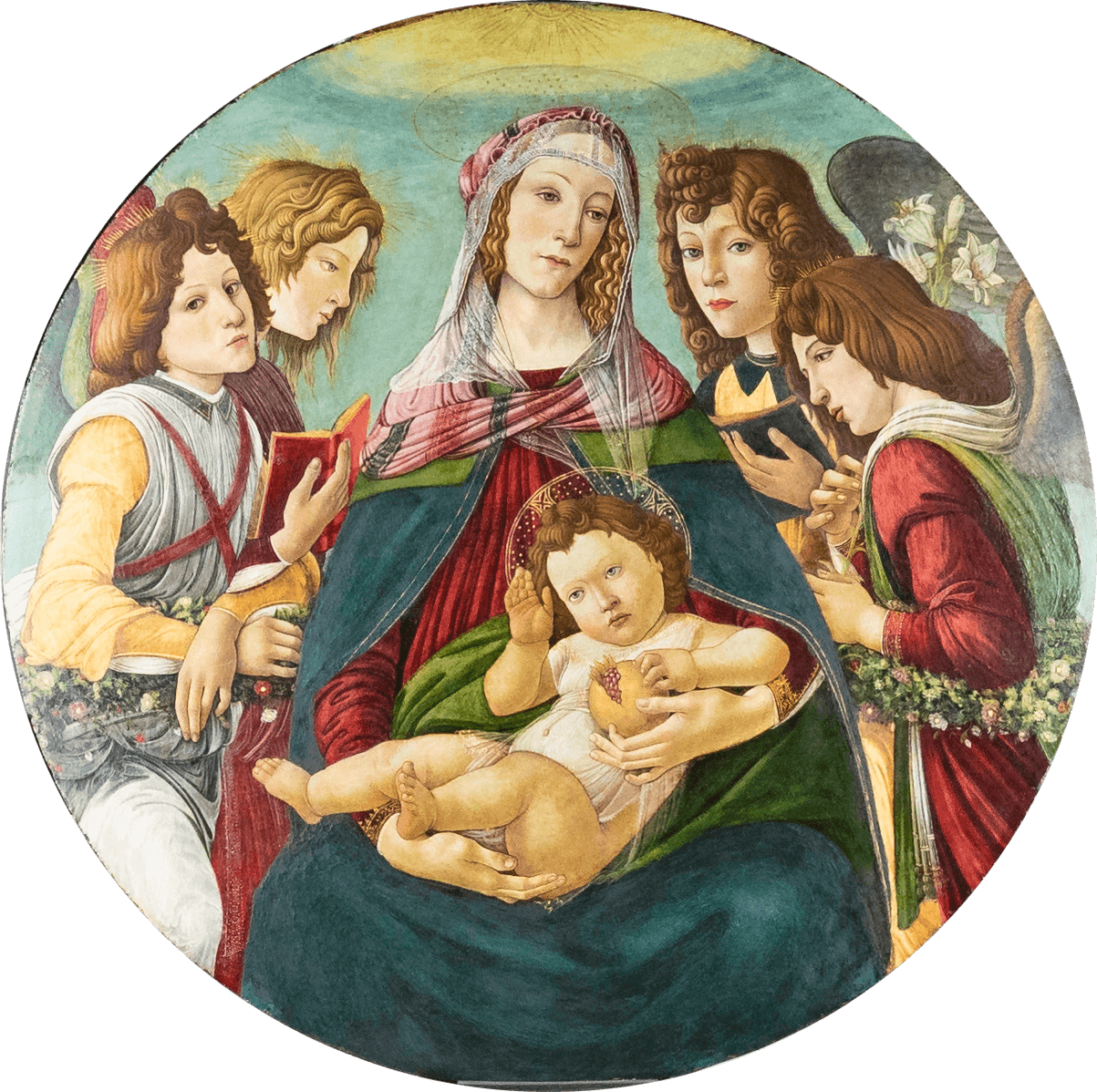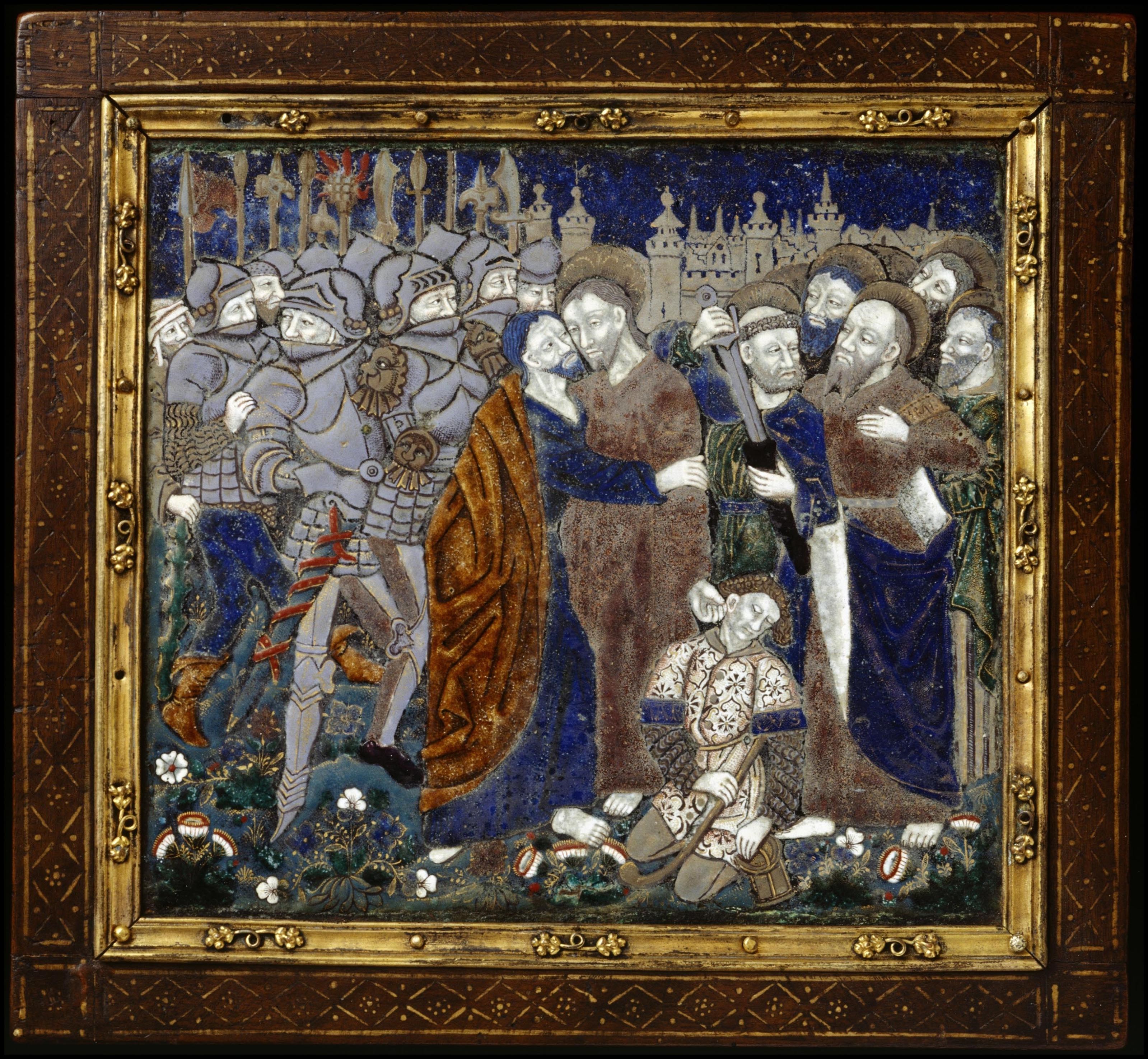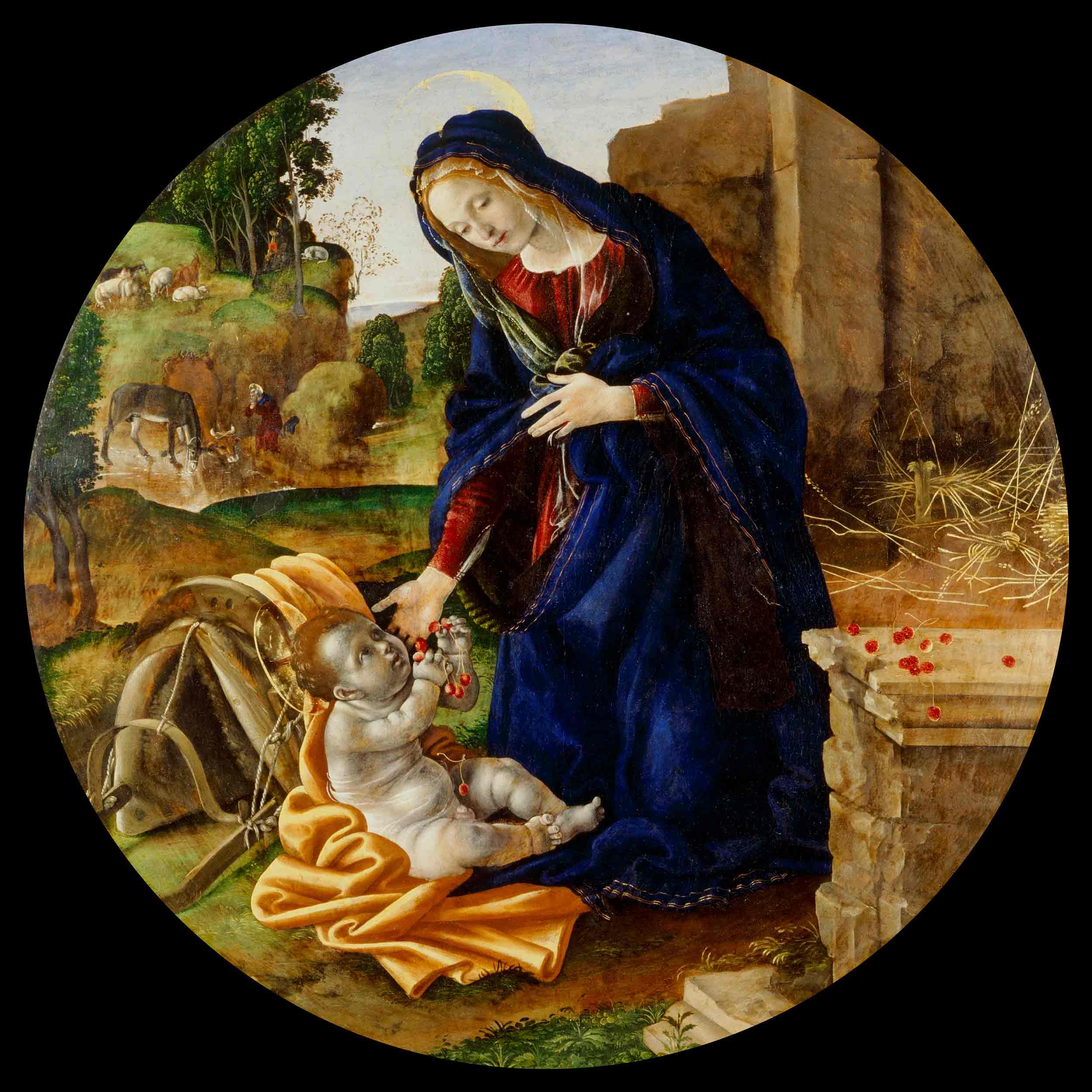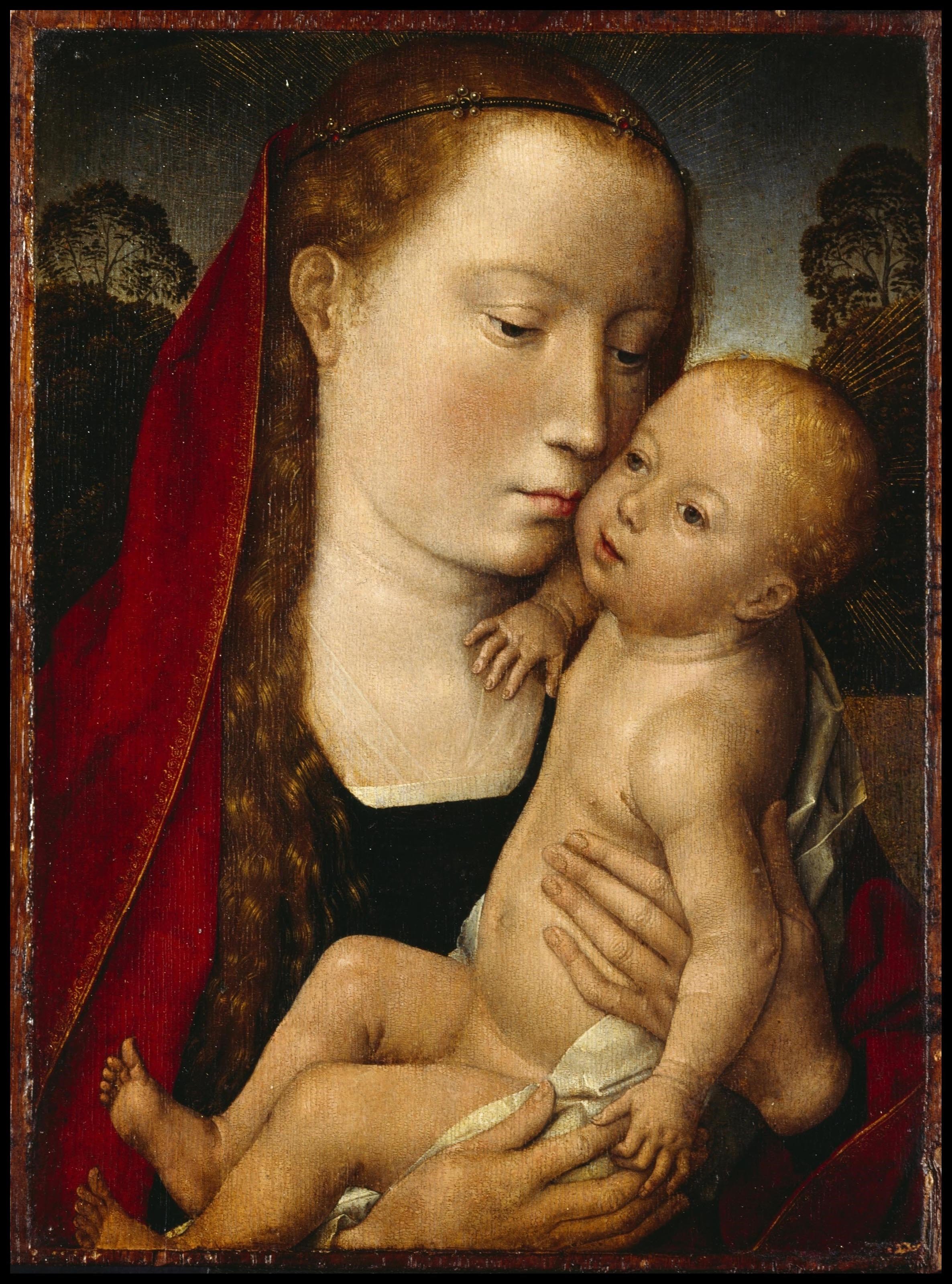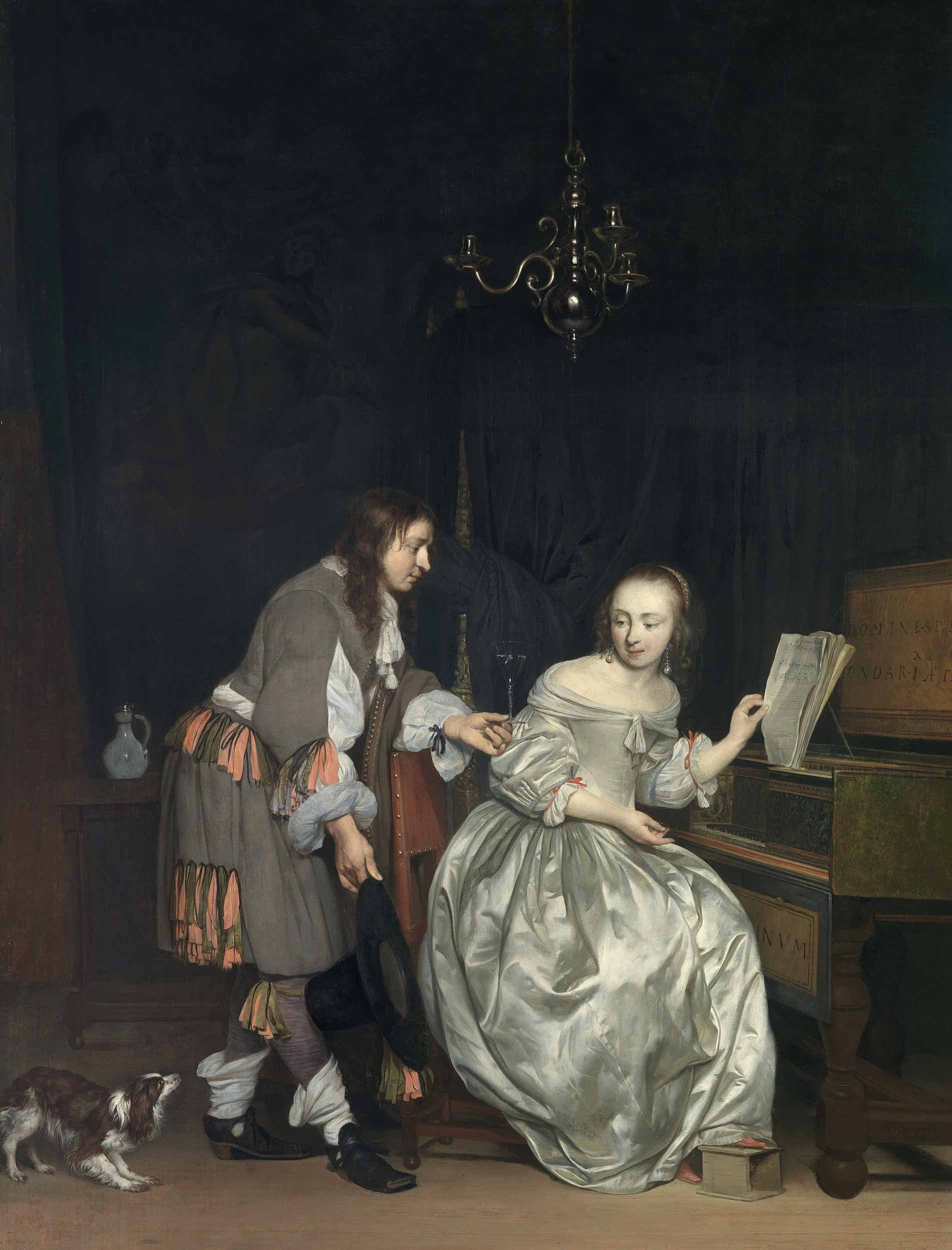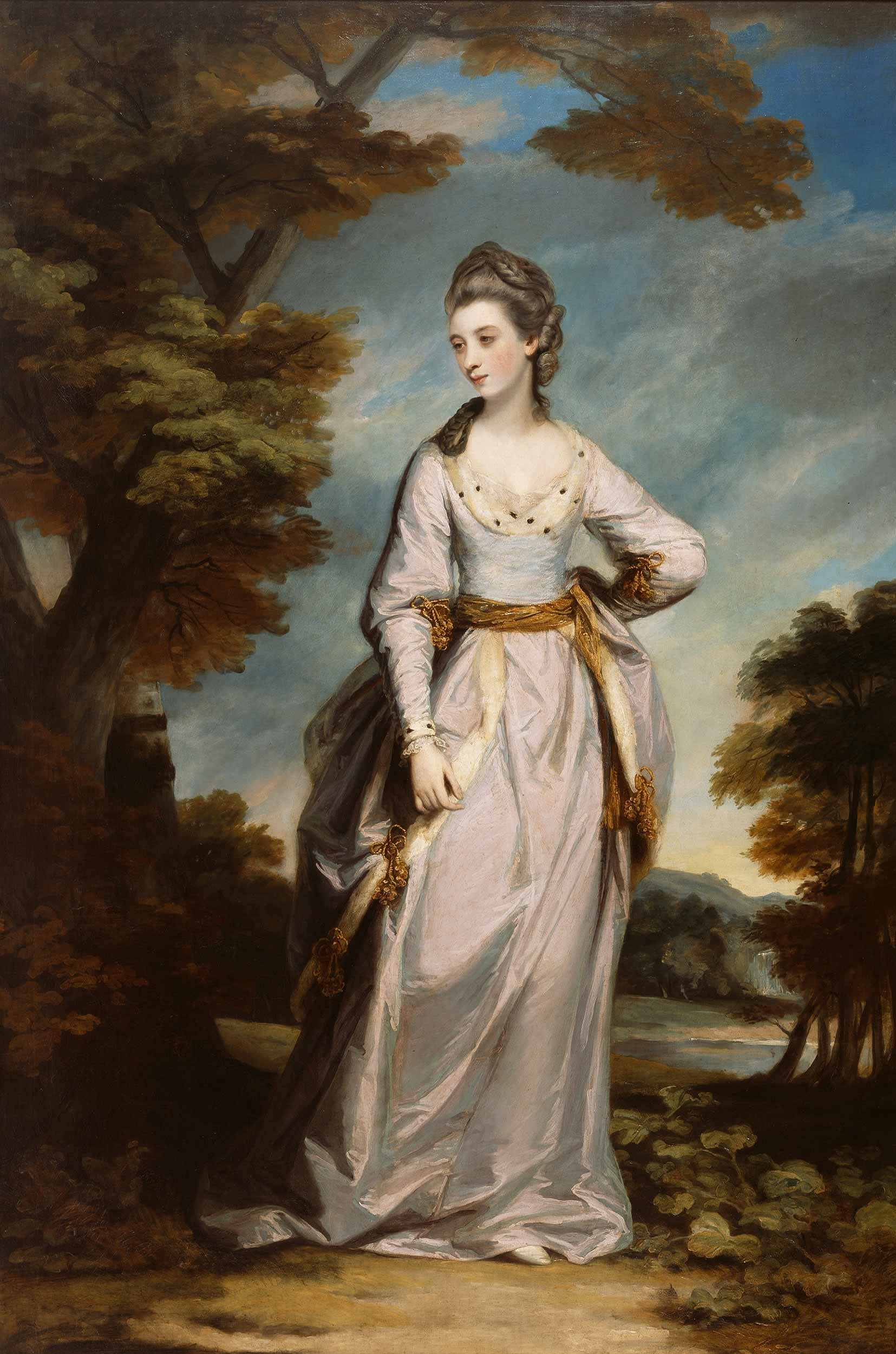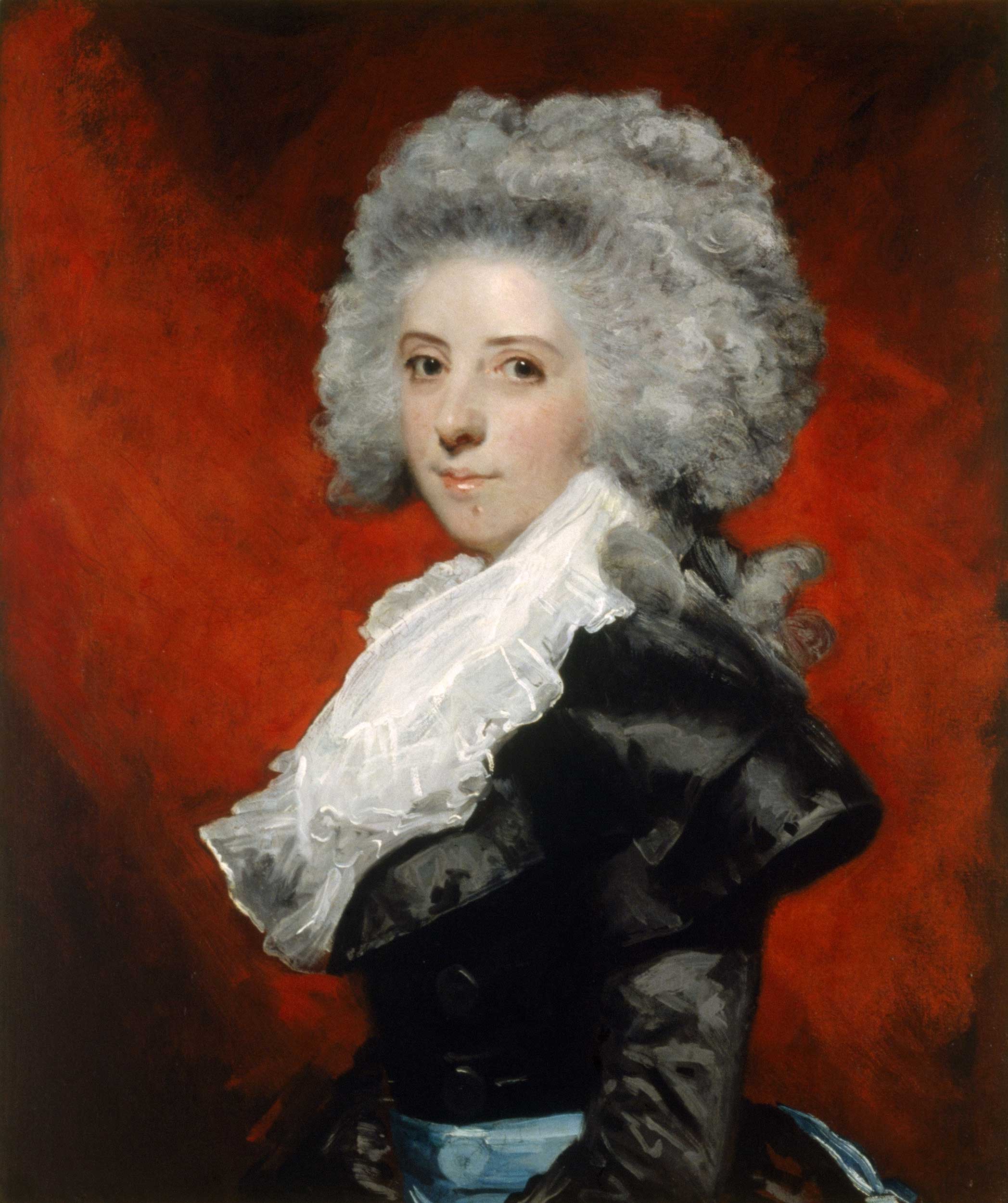More than 700 works of art from Wernher’s varied collection are displayed at Ranger’s House today. They range from exquisite ivory carvings, Limoges enamels and Renaissance jewellery to Italian bronzes, colourful pottery and 18th-century porcelain. Not only are many of these pieces unique examples of their kind, but the stories they tell – of how they were made, where they travelled to, and the way they were used – reveal much about how the material culture of Europe was continually changed and shaped over hundreds of years.
All objects are reproduced courtesy of the Trustees of the Wernher Foundation.
Find out more
-
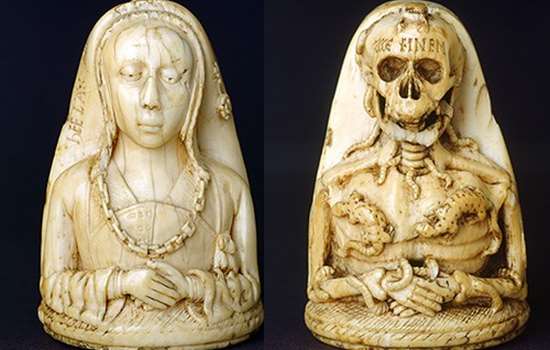
Explore in 3D
View some of the works of art that Wernher collected in 3D, including two extraordinary objects that were designed as memento mori – reminders of death.
-

About the Wernher Collection
Find out more about the Wernher Collection, the 19th-century businessman behind it, and how this unique collection came to be displayed at Ranger’s House.
-

History of Ranger’s House
Built in the 1720s for a naval captain, Ranger’s House was later home to politicians, military officers and royals, including the Rangers of Greenwich Park, for 180 years. Discover its 300-year history.
